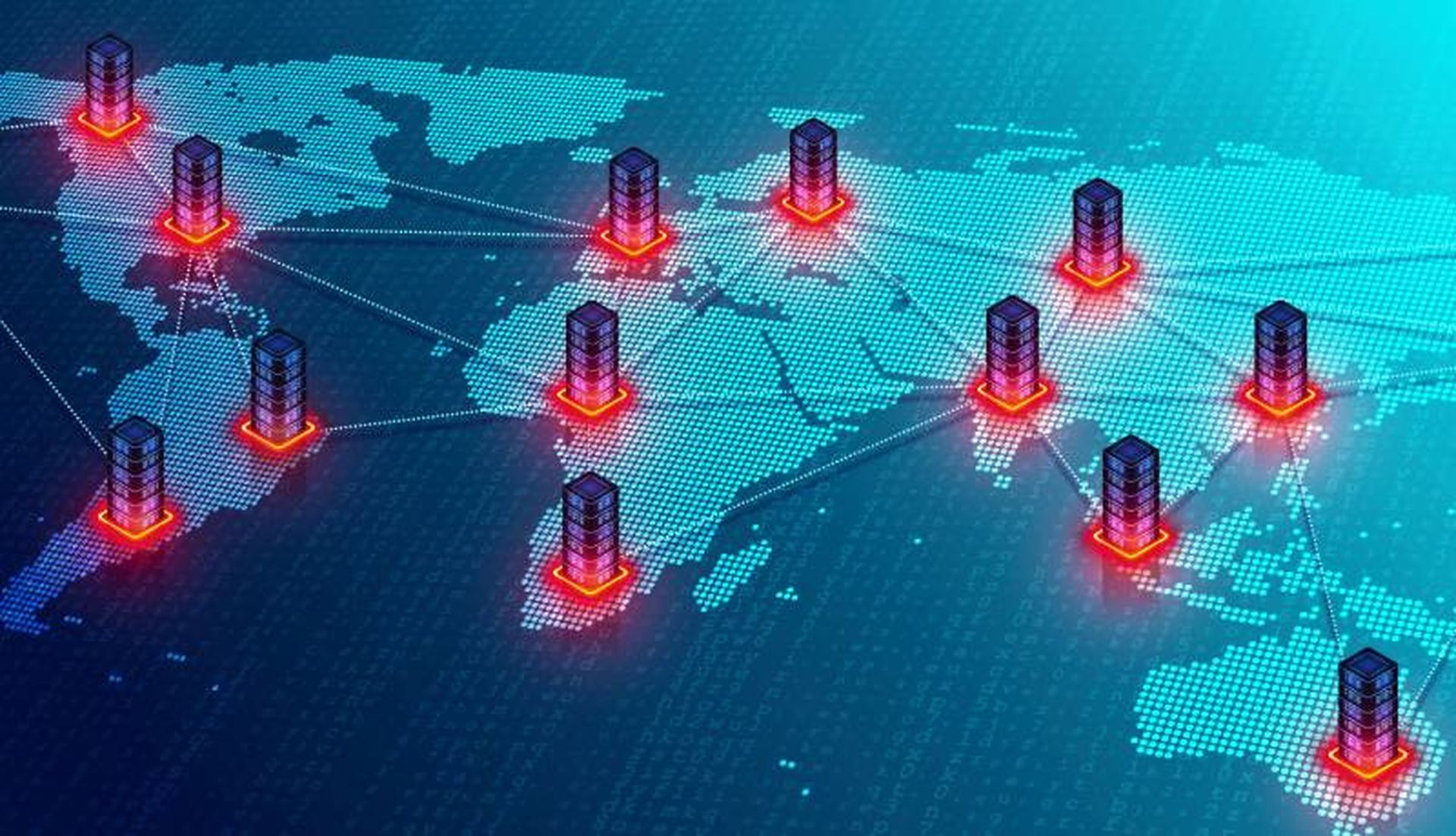Just two years ago, chief security officers would not have any concerns about the long-term economic impact of interest rate hikes. They also would have no worries about how a potential war in Europe could lead to massive supply chain issues and an increased threat from state-sponsored cyber-attacks.
The world changed… fast. And with it, the host of threats that CSOs, CISOs, and enterprises need to manage. Gartner’s Top Emerging Trends profile looks almost nothing like it did five years ago, and that’s also why enterprise network and security architectures are changing so rapidly in this post-pandemic world. There’s not an analyst report out there that doesn’t mention the skyrocketing adoption of convergence.
Dell’Oro Group found that SASE adoption grew by more than 30% in Q2 2022 versus Q1. Gartner forecasted that by 2025 80% of enterprises will have adopted a SASE/SSE architecture, up from 20% just a year ago. But why?
Generally, the last two years taught leaders a hard lesson: prepare for the unexpected. When it comes to risk management, that preparation comes from the flexibility and speed realized by integration, automation, and visibility that forms the foundation of SASE. Here are five very real risks that are mitigated with a converged network and security architecture:
- Misconfigurations, mistakes, and being human.
Humans make mistakes. And network and security engineers will make misconfigurations. The ability to automate has become one of the single biggest drivers for the convergence of network and security. Despite the benefit of machine learning (ML) and artificial intelligence (AI), both network and security administration are still incredibly manual.
As the complexity and number of tools in an enterprise increase, the ability to enforce once and deploy everywhere has become even more critical. Workflows that rely heavily on human intervention for monitoring or deploying changes are not scalable and are also fraught with risk.
A report from Threat Stack found that nearly 73% of organizations have at least one critical security misconfiguration that could expose sensitive data, systems, or services to adversaries. As IT teams look to transform their network and security infrastructure, they find that the convergence of traditional security tasks into automated, network workflows makes a lot of sense.
- An inability to scale at cloud speed.
The traditional model of racking-and-stacking gear, building out connectivity, and deploying security at the data center has lost favor. Now, it’s all about the cloud. And in the cloud, everything moves at cloud speeds. Here are common themes:
“We’re closing down these offices … tomorrow.”
“We need to integrate the company we bought in Argentina before the end of the week for a press release.”
“Remove Office 365 access for these users and these systems immediately.”
IT teams have seen it all. And they see it faster than ever. Change in the enterprise has increased, which means companies are actively testing new technologies, techniques, and processes at an unprecedented rate.
Convergence of network and security offers IT teams flexibility. In today’s cloud-first world, flexibility means speed. It’s especially true when delivered in a SASE model by a managed services provider.
What’s the analogous event to the CEO’s email to all employees in March of 2020 that they will work from home until further notice? We can’t know that now, but we’ll certainly have to face the unknown. The IT teams that are ready and can pivot and adapt at cloud-speed will win.
- Missed event correlation and attack identification before root cause analysis.
Attack vectors have become so complex that without event correlation, they often run undetected. Suspicious, regional logins over here. East-west traffic with sensitive data over there. Correlation identifies the signal in the noise.
The convergence of security into a single-pass architecture with the network allows for the correlation of events to identify which tasks security team need to focus on.
When security and networks are siloed, teams are only seeing half the picture, so they lack the necessary context to properly identify an attack as an attack. Cybercriminals are getting smarter, and they’ve learned how to look innocent in isolation, but when security and network converge, they’re much easier to spot and shut down.
- Inflation and interest rates outpacing IT funding.
What happens when the cost to borrow capital to invest in infrastructure exceeds the board’s appetite for the cost of modernization. How about when the price of servers increases with inflation at 8% for the next five years but the annual budget only increases 3%?
The looming reckoning for enterprise spending is near. A decade of historically low interest rates and unprecedented market growth has come to an end. Uncertainty lies ahead – and a level of scrutiny for IT spending that many leaders have not seen in years.
Convergence of security functionality such as firewall, URL filtering, malware blocking, DLP, or CASB into a SASE model puts CIOs and CISOs back in the financial driver seat. It lets them finally consolidate a sprawling vendor landscape that has grown unmanageable. It reduces the complexity and associated costs of configuration, monitoring, and troubleshooting across an array of dashboards and control panels. It moves long-term, fixed capital expenditures into dynamic, cloud-models that they can adjust based on the needs of the business.
- Obsolescence.
Remember SecureID FOBs? Remember when an IT team had to manage the shipment, inventory, and ticketing of those seemingly always out-of-sync devices? It was an endless cost and burden to the organization. And then one day, they just went away and were overtaken by innovation and change.
The world transforms faster than ever. The organizations that were caught off guard during the pandemic were the ones clinging to their legacy network and security models. Their dependence on “boxes they could touch” versus the cloud. Their dinners and basketball games with hardware vendor reps. Their MPLS and Data Center Maps.
Obsolescence sneaks up IT teams. Not like a cat, but like a glacier. Slow and barely perceptible movement. But when it strikes, it can be devastating.
The world of network and security has moved toward convergence. Consolidation, simplicity, and flexibility are the building blocks for growth. The IT teams failing to create architectures with that foundation are riding the Titanic: a grand party heading for a predictable, but avoidable, catastrophe.
Dennis Monner, chief commercial officer, Aryaka




